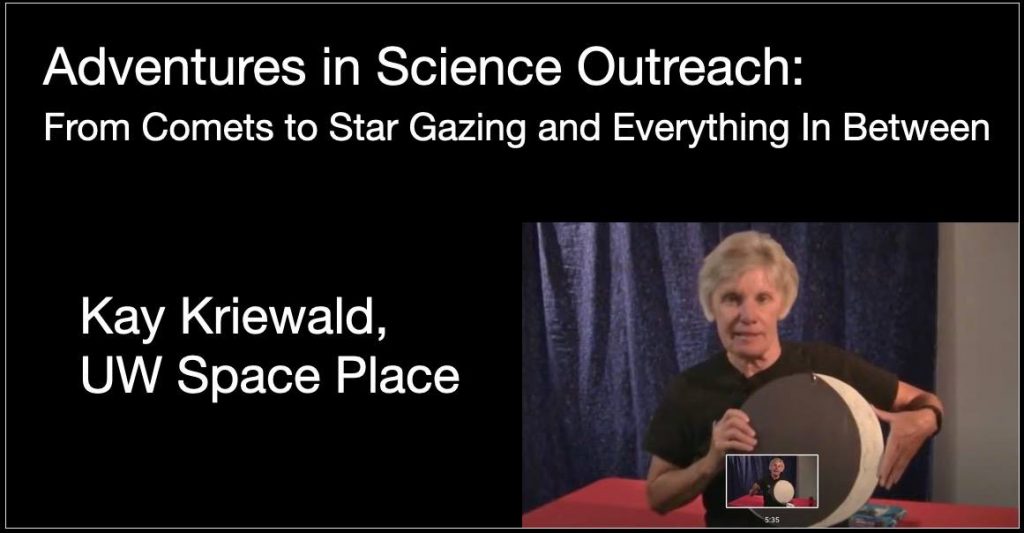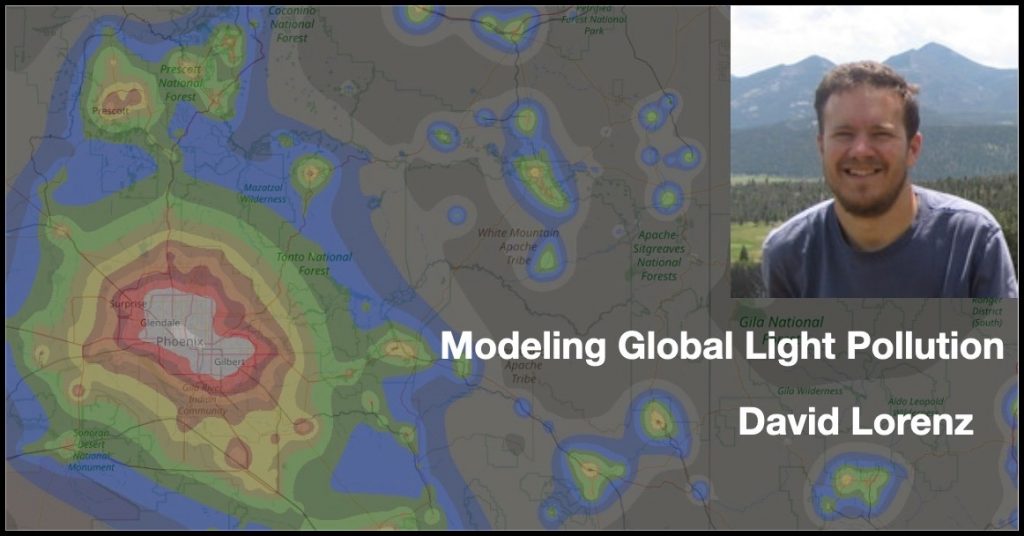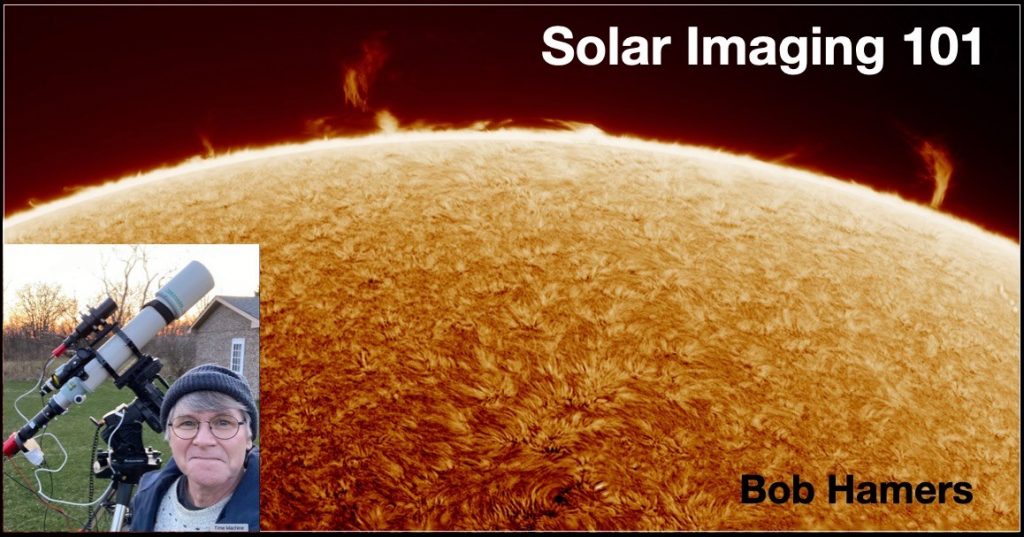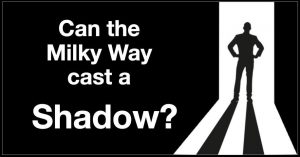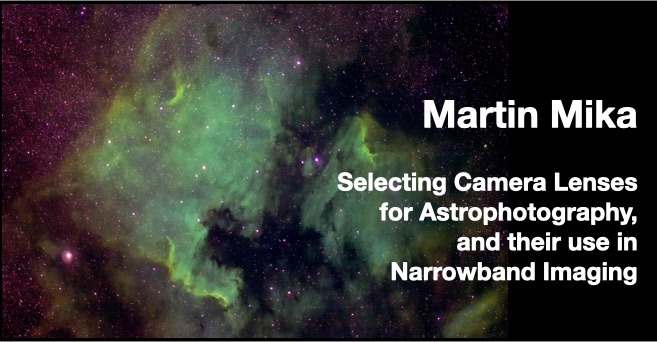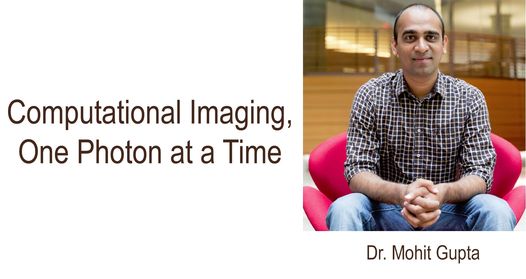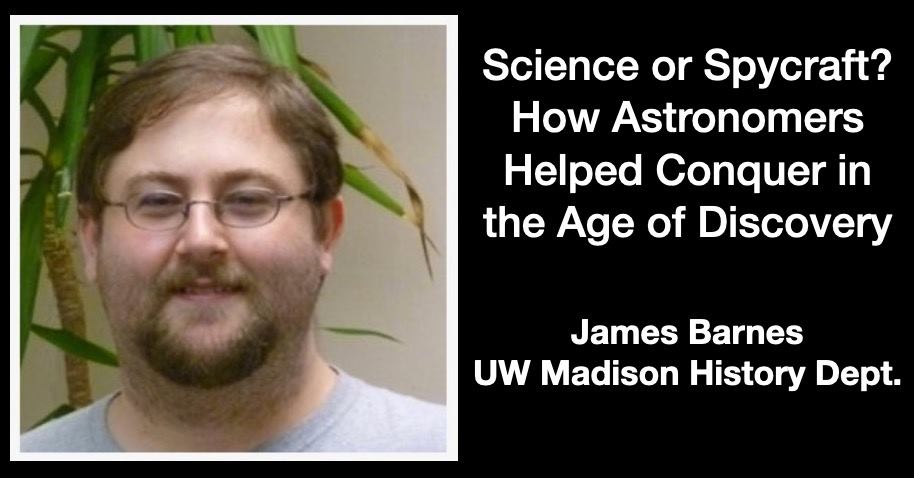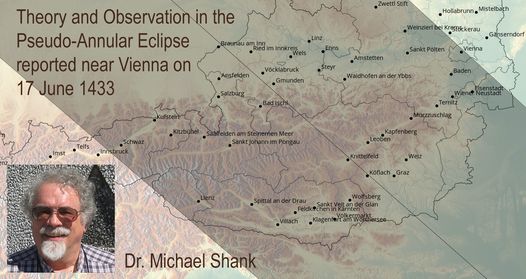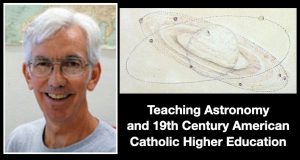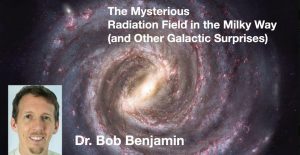Adventures in Science Outreach: From Comets to Star Gazing and Everything In Between
Whether you are speaking to a third grader or an adult, understanding science can be easy when the ideas are communicated effectively. I will give a brief history of my time as outreach specialist with the UW Space Place and explain why I think outreach is a vital part of the UW’s mission. I will then list the top ten things I have learned over the past 20+ years about presenting science to the general public.
Kay Kriewald has a background in teaching and tutoring elementary and middle school students in science and math. She has been an outreach specialist at Space Place since 1995. She hopes to retire soon but she is still having too much fun.
Due to the continuing high levels of infectio...
Read More
